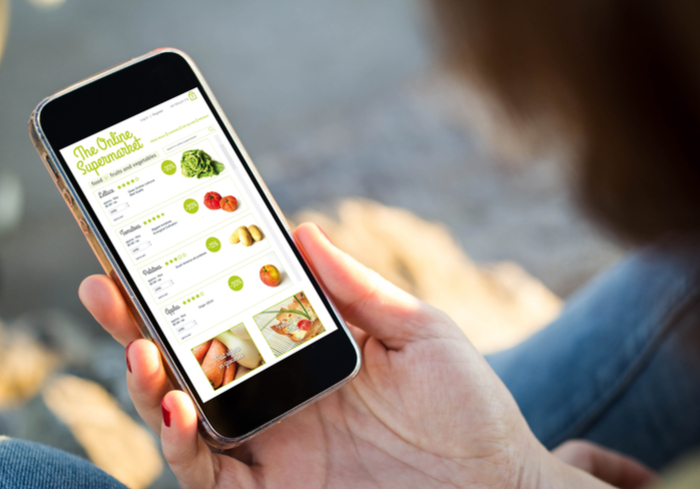
Third-party apps such as Instacart have long served grocery customers. With their popularity, grocers want in — and software companies are happy to create white-label solutions for them.
As a result, Instacart is getting into the business of developing apps for grocery retailers. Instacart acquired Unata, a Canadian company that offers a platform for grocers and their customers to interact digitally, for example.
But not all grocers are taking advantage of apps — or other omnichannel features. In fact, consumers gave grocery retailers an average score of 30.2 out of 100 for omnichannel satisfaction, according to the PYMNTS Omni Usage Index. Apps, however, can help grocers expand their omnichannel efforts — and raise customer satisfaction. As grocers design their apps, here are five consumer preferences that they should keep in mind.
— One-fifth of large-format store customers said it was most important to receive discounts on an app. The old method of consumer retail savings is meeting the new in Target’s shopping app, Cartwheel, for example. The app includes the capability to support manufacturers’ digital coupons. Part of Cartwheel’s functionality is a digital update of the analog method of couponing. From the app, consumers can clip digital coupons that, in some cases, are the same ones found in the local newspaper.
— Just under one in 10 — or 9 percent — of large-format store customers said it was most important to compare prices on an app. Walmart, for example has Savings Catcher, a price matching program. It allows consumers to get the difference between the Walmart price and the lower price of a competitor on an eGift card. Essentially, the program works like a rebate. The news comes as a third-party app, Basket, allows consumers to crowdsource price comparisons. “Basket removes the blindfold from shoppers to allow them to compare prices of products at local stores, specifically grocery and every day purchases,” the app’s cofounder, Andy Ellwood, wrote. “Simply open Basket and share what is on your shopping list and then Basket will do the rest, crunching millions of local prices for your favorite grocery and everyday products at the stores you love.”
— Five percent of large-format store customers said it was most important to buy products on an app. Of course, customers of retailers such as Albertsons can use Instacart to buy groceries and have them delivered. Instacart’s delivery service would be available in more than 1,800 Albertsons locations around the country, the grocer said when it launched a partnership with Instacart in 2017. “Instacart’s extensive delivery network combined with Albertsons Companies’ existing home delivery services and established, robust eCommerce offering creates a fantastic customer proposition,” Shane Sampson, Albertsons Companies’ chief marketing and merchandising officer, said of the service. “Customers can shop how, when and where they choose, with the convenient option of quick delivery straight to their doorsteps.”
— Just under 5 percent of large-format store customers said it was most important to purchase in store on an app. Walmart, for example, has a “Scan and Go” Program. The app allows customers to both shop and check out from their phones. The feature was well-received by customers after it launched in January. “We’ve had a lot of positive feedback,” a store manager told a newspaper in Florida. “Customers can go through the store quickly, they can bag their products the way that they want it, they can take it up front and there’s one scan — swipe their card or pay cash and they’re out the door.”
— Only 2 percent of large-format store customers said it was most important to find products in store on an app. In a push to make its in-store customer shopping experience easier in the face of growing eCommerce options, Walmart’s app offers store maps and shopping list builders. The store assistant feature allows consumers to build shopping lists and find items when they walk into the retailer’s brick-and-mortar locations. In addition, maps of all the retailer’s 4,700 U.S. stores will be available through the app in the future.
Following news of his company’s acquisition, Instacart’s CEO Apoorva Mehta said the deal “represents a landmark win for retailers, who will benefit from Instacart’s scale, Unata’s highly configurable technology and the deep grocery industry integrations this acquisition will enable.” And, as companies like Unata provide the platform, grocers can bring mobile technology into their stories as part of their omnichannel strategies.